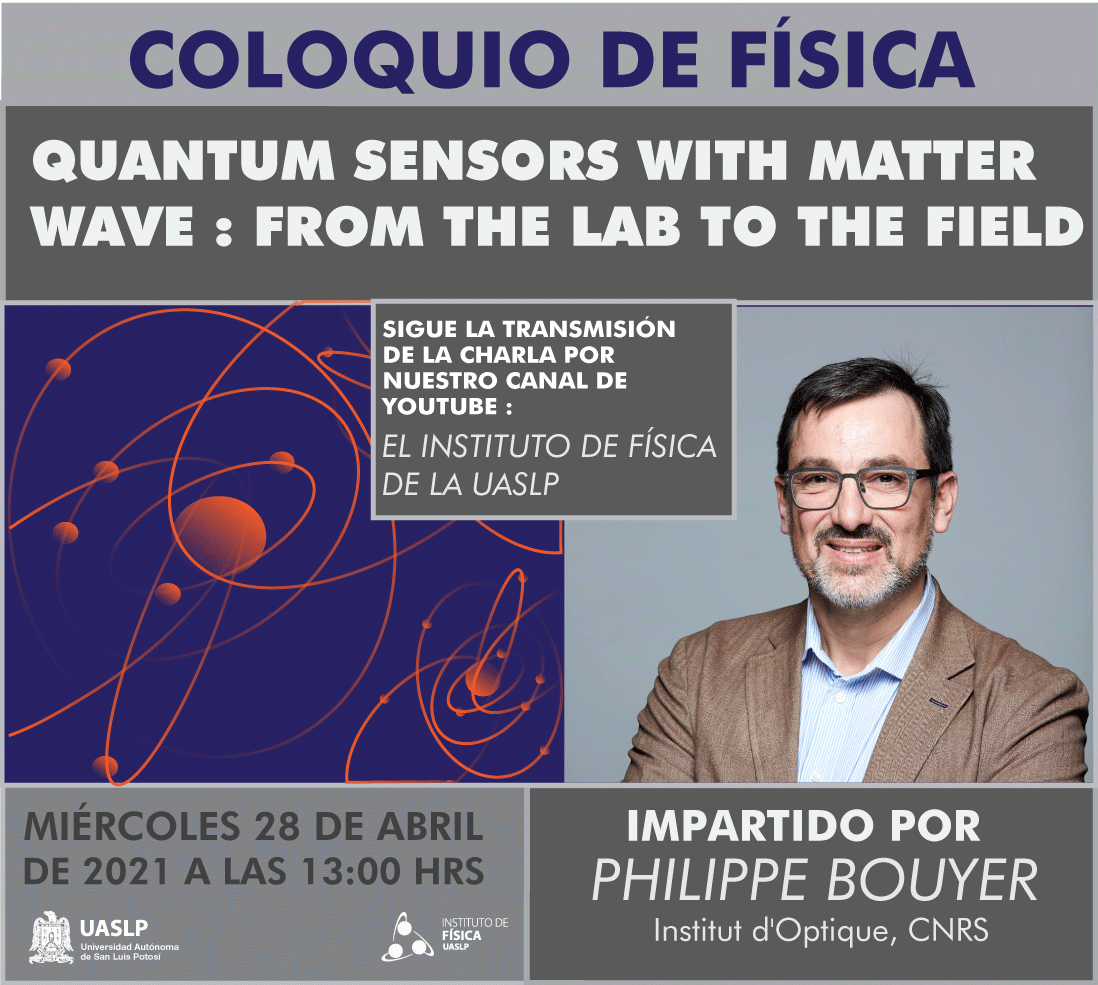
Liga de YouTube
Abstract : The past decades has seen dramatic progress in our ability to manipulate and coherently control the motion of atoms. Although the duality between wave and particle has been well tested since de Broglie introduced the matter-wave analog of the optical wavelength in 1924, manipulating atoms at a level of coherence allowing for precision measurement has only become possible thanks with our ability to produce atomic samples of few microdegrees above absolute zero. Since the initial experiments many decades ago, the field of coherent atom optics has grown in many directions. This progress has both fundamental and applied significance. The exquisite control of matter waves offers the prospect of a new generation of force sensors of unprecedented sensitivity and accuracy, from applications in navigation and geophysics, to tests of general relativity or study of highly-entangled quantum states.
The spectacular sensitivity or matter-wave interferometers can be used for very precise measure- ments. It is for example possible to measure the acceleration of gravity with an accuracy of 1 part per billion, the rotation of the Earth with an accuracy better than 1 millidegree per hour and detect minute changes in gravity caused by mass displacements. These devices are so precise that they are used today as reference for fundamental constants (mass, gravity), and are powerful candidates to test general relativity on ground, underground or in space. Projects are currently ongoing to verify the universality of free fall or to detect gravitational waves in a frequency range yet unreachable with current detectors.
Nevertheless the future of matter-wave inertial sensors goes far beyond lab-based inertial sensors. While these experiments are typically quite large, require a dedicated laboratory, and are designed to operate well only in environments where the temperature, humidity, acoustic noise is tightly constrained, many efforts have been put in designing compact, robust and mobile sensors. The development of this technology lead to a new generation of atomic sensors that have been operated in airplanes and in rockets, that are commercially available and could be the next generation of navigation unit.
References :
[1] : Inertial quantum sensors using light and matter, B. Barrett, A. Bertoldi, P. Bouyer, Phys. Scr. 91, 053006 (2016), DOI:10.1088/0031-8949/
91/5/053006, arXiv:1603.03246
[2] : Quantum sensors with matter waves for GW observation; Andrea Bertoldi, Philippe Bouyer, Benjamin Canuel, "Handbook of Gravitational Wave Astronomy" (Eds. C. Bambi, S. Katsanevas and K. Kokkotas; Springer Singapore, 2021), arXiv:2010.14604
[3] : Development of compact cold-atom sensors for inertial navigation, B. Battelier, B. Barrett, L. Fouché, L. Chichet, L. Antoni-Micollier, H. Porte, F. Napolitano, J. Lautier, A. Landragin, P. Bouyer, Proceedings of SPIE, Quantum Optics, 9900, 990004 (2016), DOI: 10.1117/12.2228351, arXiv:1605.02454











